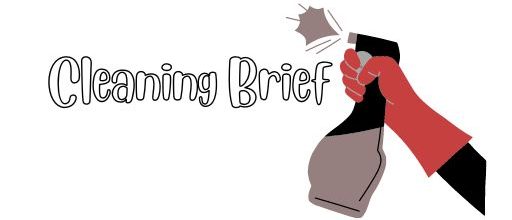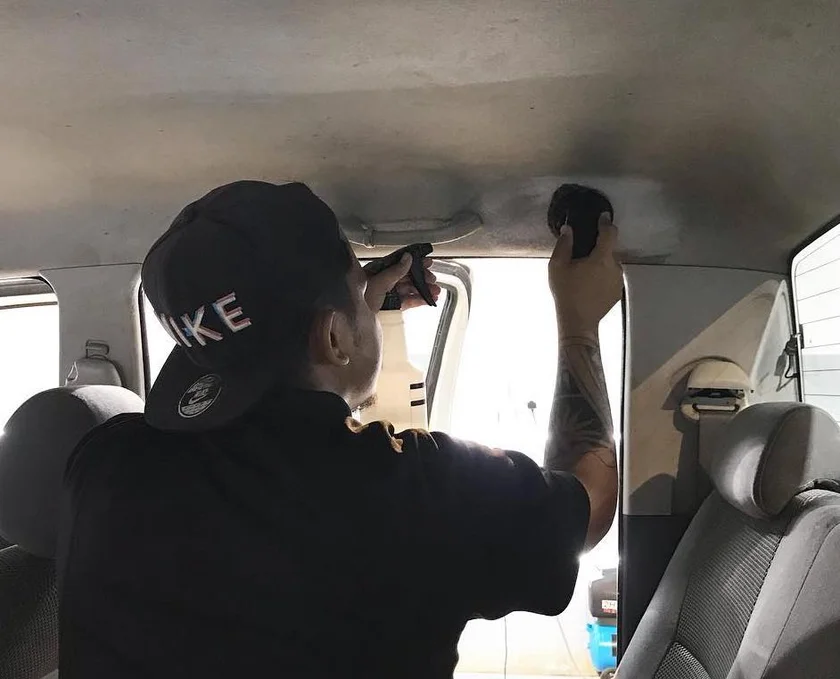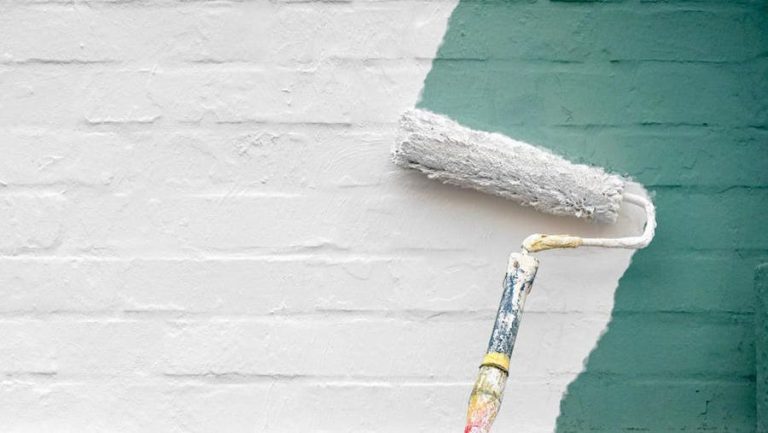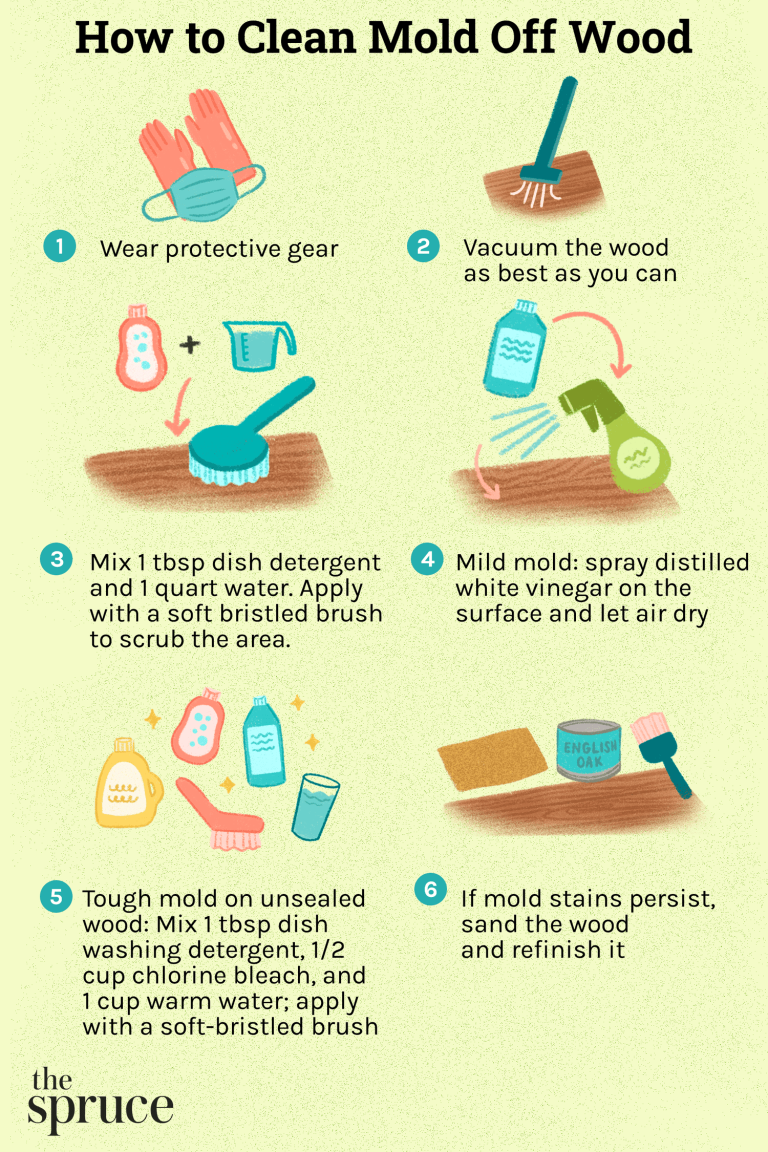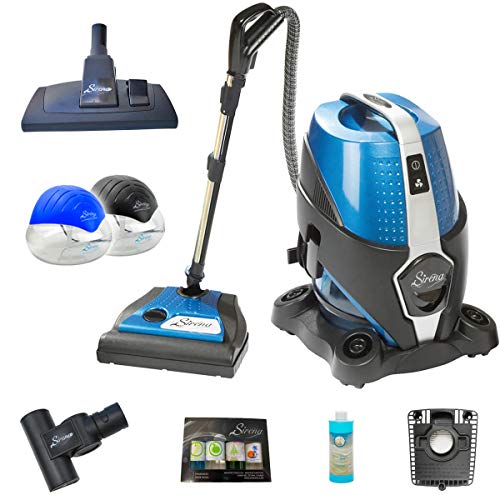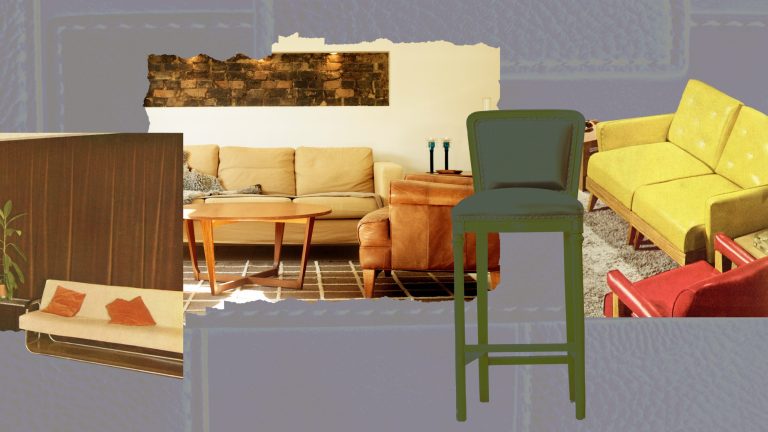How to Safely Remove Mold from Leather Car Seats: Ultimate Guide
To clean mold off leather car seats, mix equal parts white vinegar and water, apply the solution to the affected areas using a cloth, and scrub gently.
Identifying Mold On Leather Car Seats
Identifying Mold on Leather Car Seats
When it comes to maintaining the cleanliness of your car, mold can be a pesky problem to deal with, especially when it affects your leather seats. Identifying mold on leather car seats is crucial in order to take the necessary steps for proper cleaning and preventing any further damage.
Recognizing the signs of mold growth on your leather car seats is essential to tackle the issue effectively. Here are a few indicators that can help you identify whether or not mold is present:
- Visible Mold Spores: Look for small black, green, or white spots on the leather surface. Mold often appears as clusters of spores that can spread if not treated promptly.
- Musty Odor: A distinct musty smell is one of the telltale signs of mold growth. If you notice a dank odor when you enter your car, it’s likely that mold has started to develop.
- Discoloration: Mold can cause leather to change color, appearing darker or duller than usual. Keep an eye out for any discoloration that is not typical for your leather car seats.
- Allergies or Respiratory Issues: If you or your passengers experience allergic reactions or respiratory problems that seem to worsen when inside the car, mold may be the culprit.
Once you’ve recognized the presence of mold on your leather car seats, the next step is to determine the severity of the infestation. By assessing the severity, you can better understand how to tackle the problem. Here’s a simple guide to help you:
| Severity | Description |
|---|---|
| Minor | A few isolated spots or patches of mold on the leather surface. |
| Moderate | Mold growth covers a larger area, spreading beyond isolated spots. |
| Severe | Mold growth is extensive, covering a significant portion of the leather seats. |
Determining the severity can help you decide whether you can handle the cleaning process yourself or if it’s necessary to seek professional help. Addressing severe cases promptly is vital to prevent further damage to your leather car seats.
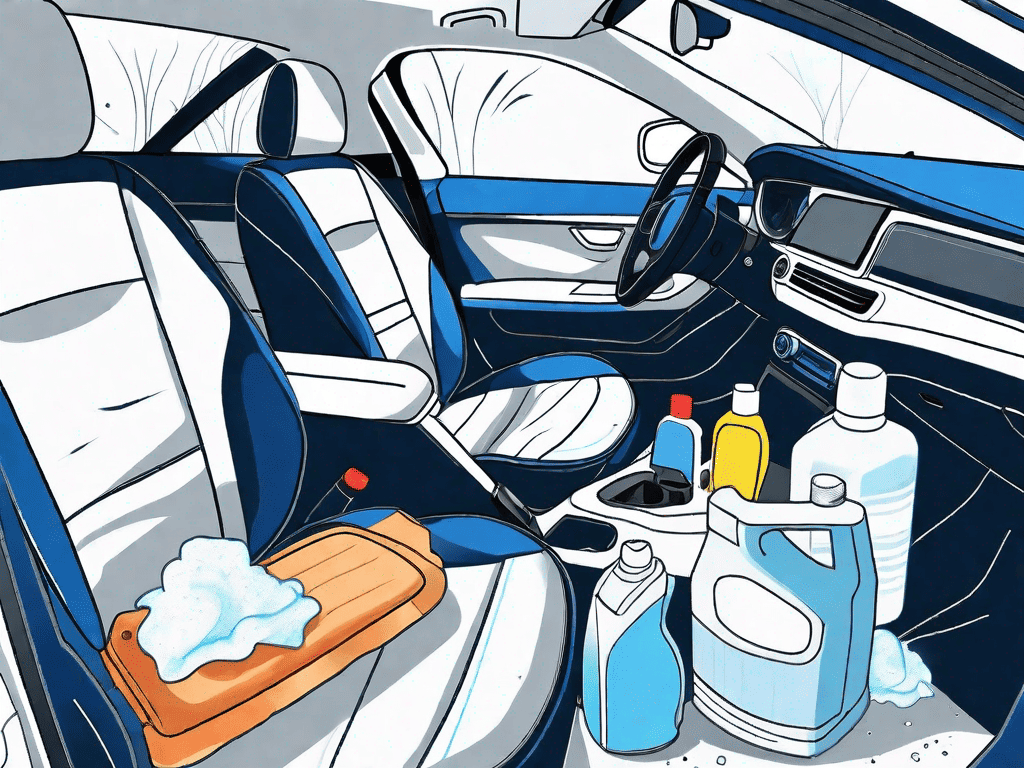
Credit: washlab.io
Preparing For Mold Removal
Before diving into the process of cleaning mold off your beloved leather car seats, it’s essential to prepare appropriately. Proper preparation ensures a smooth and effective removal process, minimizing any potential damage to your seats. So, let’s get started by gathering the necessary supplies.
Gathering The Necessary Supplies
To effectively clean mold off leather car seats, you’ll need a few essential supplies. Here’s a list of items to gather before you begin:
- A mild leather cleaner
- A soft-bristle brush or toothbrush
- Clean microfiber cloths
- A spray bottle filled with water
- Vinegar or rubbing alcohol
- A vacuum cleaner with a brush attachment
Obtaining these supplies in advance will save you time and hassle during the mold removal process.
Protecting Yourself
When dealing with mold, it’s crucial to prioritize your wellbeing. Mold spores can cause health issues, so taking necessary precautions is a must. Here’s what you should do to protect yourself:
- Wear protective gloves, preferably disposable ones, to prevent direct contact with mold and cleaning agents. This step minimizes the risk of skin irritation or allergic reactions.
- Put on a face mask or respirator to shield your respiratory system from inhaling mold spores.
- Wear safety goggles to protect your eyes from potential splashes of cleaning solutions.
By following these safety measures, you’ll ensure your well-being while effectively removing mold from your car seats.
Removing Mold From Leather Car Seats
Removing mold from leather car seats is crucial not only for maintaining the aesthetic appeal of your vehicle but also for eliminating potential health hazards. Mold can thrive in damp environments, making car seats susceptible to its growth, especially in areas with high humidity levels. Fortunately, it is possible to effectively clean mold off leather car seats with the right approach and tools.
Cleaning The Surface Mold
Begin by preparing a cleaning solution using a mixture of one part water and one part white vinegar. Next, apply the solution to the affected areas using a soft cloth, gently scrubbing the mold with circular motions. Then, wipe away the solution with a clean, damp cloth to remove any remaining residue. Finally, thoroughly dry the leather car seats with a dry cloth or allow them to air-dry completely.
Treating Stubborn Mold
If the mold persists, consider using a specially formulated leather cleaner designed to eliminate mold and mildew. Apply the cleaner according to the product instructions, ensuring complete coverage of the affected areas. Afterward, use a clean, damp cloth to wipe away the cleaner and allow the car seats to dry completely. Additionally, applying a leather conditioner can help restore moisture and prevent future mold growth.
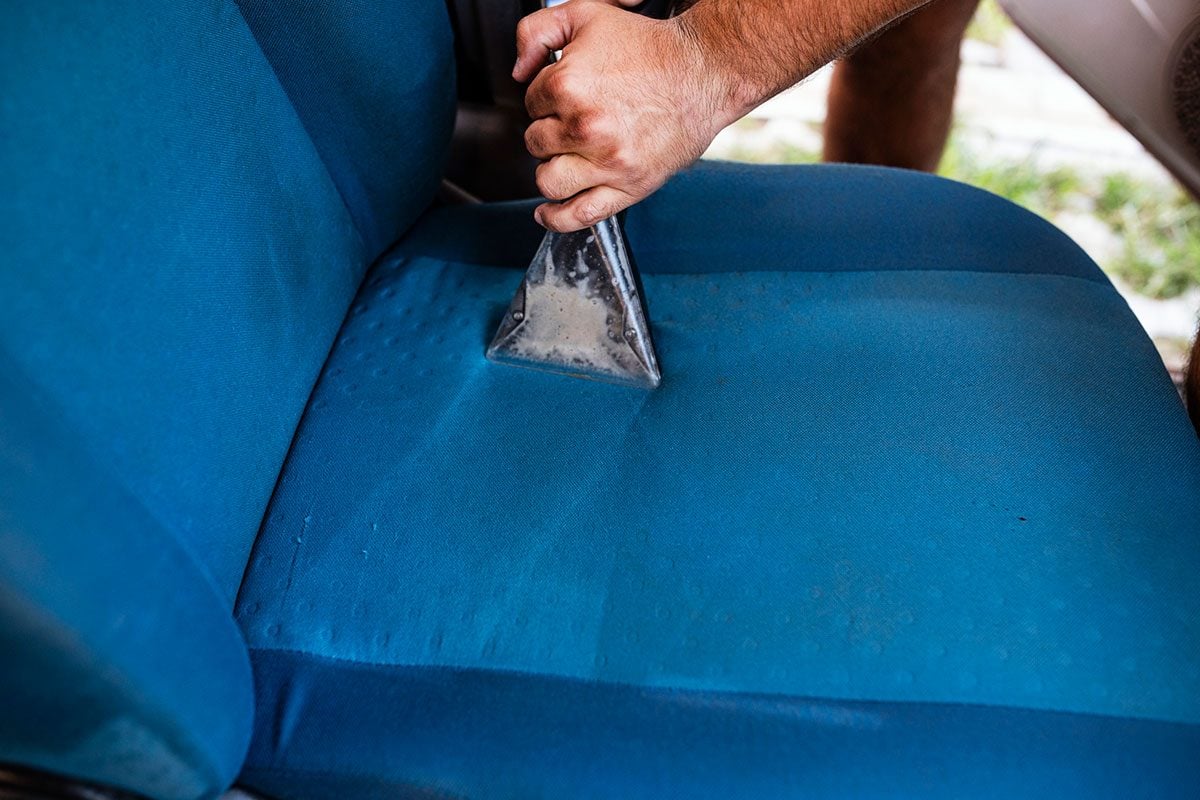
Credit: www.familyhandyman.com
Preventing Future Mold Growth
To prevent future mold growth on leather car seats, start by thoroughly cleaning and drying the affected areas. Use a specialized leather cleaner to prevent damage to the material. After cleaning, apply a leather protectant to repel moisture and shield against mold.
Regularly inspect and maintain the cleanliness of your car seats to avoid mold recurrence.
Regular Cleaning And Maintenance
Maintaining a regular cleaning and maintenance routine for your leather car seats is crucial in preventing future mold growth. Mold thrives in damp and neglected environments, so by keeping your seats clean and dry, you can significantly reduce the chances of mold formation. Here are some simple steps to follow:
- Begin by vacuuming the seats thoroughly to remove any loose dirt or debris.
- Next, use a damp cloth or sponge to gently wipe down the surface of the seats. Avoid using excessive water, as this can seep into the leather and promote mold growth.
- If you notice any spills or stains, treat them immediately using a leather-friendly cleaner. Follow the instructions on the product and use a soft brush or cloth to gently scrub the affected area.
- After cleaning, ensure the seats are completely dry before you cover them with any protective treatments.
Applying Protective Treatments
To further protect your leather car seats from mold, consider applying a suitable protective treatment. These treatments create a barrier on the surface of the leather, making it more resistant to moisture and mold formation. Here are a few options to consider:
- Leather protectant sprays: These sprays effectively repel water and prevent stains and mold growth. Follow the instructions on the product for proper application.
- Conditioning creams: Leather conditioning creams help keep the seats moisturized and pliable, reducing the risk of cracking and allowing any moisture to evaporate more easily.
- UV protectants: Leather exposed to direct sunlight can become more susceptible to mold growth. Applying UV protectants helps shield the seats from harmful UV rays and minimize the risk of mold formation.
Remember, prevention is key when it comes to mold growth on your leather car seats. By incorporating regular cleaning and maintenance into your routine, along with the application of protective treatments, you can enjoy clean and mold-free seats for years to come.
Seeking Professional Help
When it comes to cleaning mold off leather car seats, seeking professional help is the best course of action. Expert cleaners have the necessary tools and expertise to effectively remove mold without causing any damage to the leather.
While cleaning mold off leather car seats can be a DIY task, there are instances when it is best to consult a professional. Seeking professional help ensures that the mold is effectively removed without causing further damage to the leather surface. In this section, we will discuss when to consult a professional and how to choose the right one for the job.
When To Consult A Professional
There are certain situations when it is recommended to call in a professional for cleaning mold off your leather car seats:
- If the mold has spread extensively and covers a large area of the leather seats.
- If you are unsure about the proper cleaning techniques and products to use.
- If your leather seats are delicate or expensive, requiring special care.
- If you have tried DIY methods without success or if the mold keeps reappearing.
Choosing The Right Professional
When selecting a professional to clean mold off your leather car seats, consider the following tips:
- Look for a professional who specializes in leather car seat cleaning and mold removal.
- Check their experience and customer reviews to ensure they have a proven track record of successful mold removal.
- Ask for a quote or estimate before hiring to compare prices and services.
- Find out what products and techniques they use to ensure they are safe for your leather seats.
- Ensure the company is licensed, insured, and provides a guarantee of their work.
By following these guidelines, you can entrust the job of cleaning mold off your leather car seats to a reputable professional who will ensure the best results.
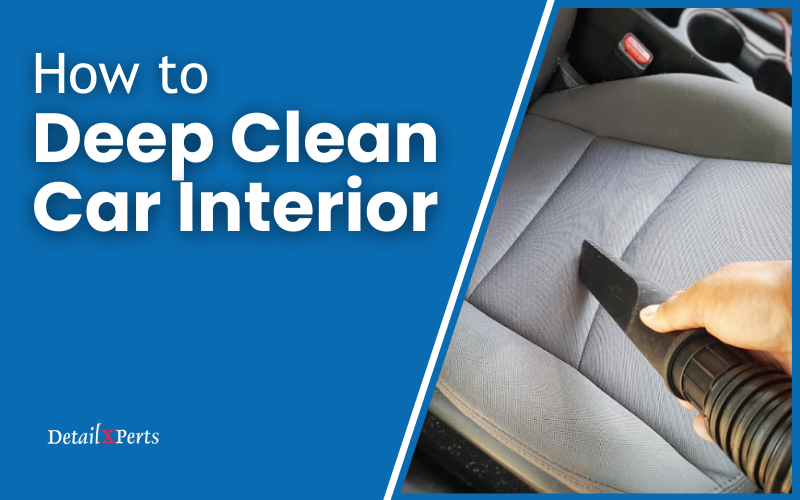
Credit: www.detailxperts.net
Frequently Asked Questions For How To Clean Mold Off Leather Car Seats
How Do You Remove Mold From Leather Car Seats?
To remove mold from leather car seats, first, make a mixture of equal parts water and rubbing alcohol. Dip a clean cloth in the mixture and gently scrub the affected area. Once the mold is gone, wipe the seats with a damp cloth to remove any residue.
Finally, apply a leather conditioner to restore the seats’ moisture and prevent future mold growth.
Can Vinegar Remove Mold From Leather?
Yes, vinegar can effectively remove mold from leather. Mix equal parts white vinegar and water and dampen a clean cloth with the solution. Gently rub the moldy area, ensuring the entire surface is covered. Let the vinegar solution sit for a few minutes, then wipe it off with a damp cloth.
Repeat the process until the mold is completely removed.
What Causes Mold On Leather Car Seats?
Mold on leather car seats is typically caused by high levels of moisture and poor ventilation. If the seats have been exposed to water or excessive humidity, it creates the ideal environment for mold growth. Additionally, leaving the car parked in a damp or humid area for an extended period can also contribute to mold formation.
Proper cleaning and regular maintenance can help prevent mold growth.
How Do You Prevent Mold On Leather Car Seats?
To prevent mold on leather car seats, it’s important to keep the seats dry and maintain good airflow. Avoid leaving the car parked in damp areas for extended periods and store it in a well-ventilated space when not in use.
Regularly clean and condition the seats to maintain their moisture levels and prevent mold growth. Additionally, using dehumidifiers in the car or using moisture-absorbing products can also help prevent mold.
Conclusion
Cleaning mold off leather car seats is essential for maintaining the car’s interior. With the right techniques and products, you can effectively remove mold and prevent it from coming back. Regular maintenance and proper care will ensure the longevity of your leather car seats.
Keep your car fresh and clean for a comfortable and enjoyable driving experience.
